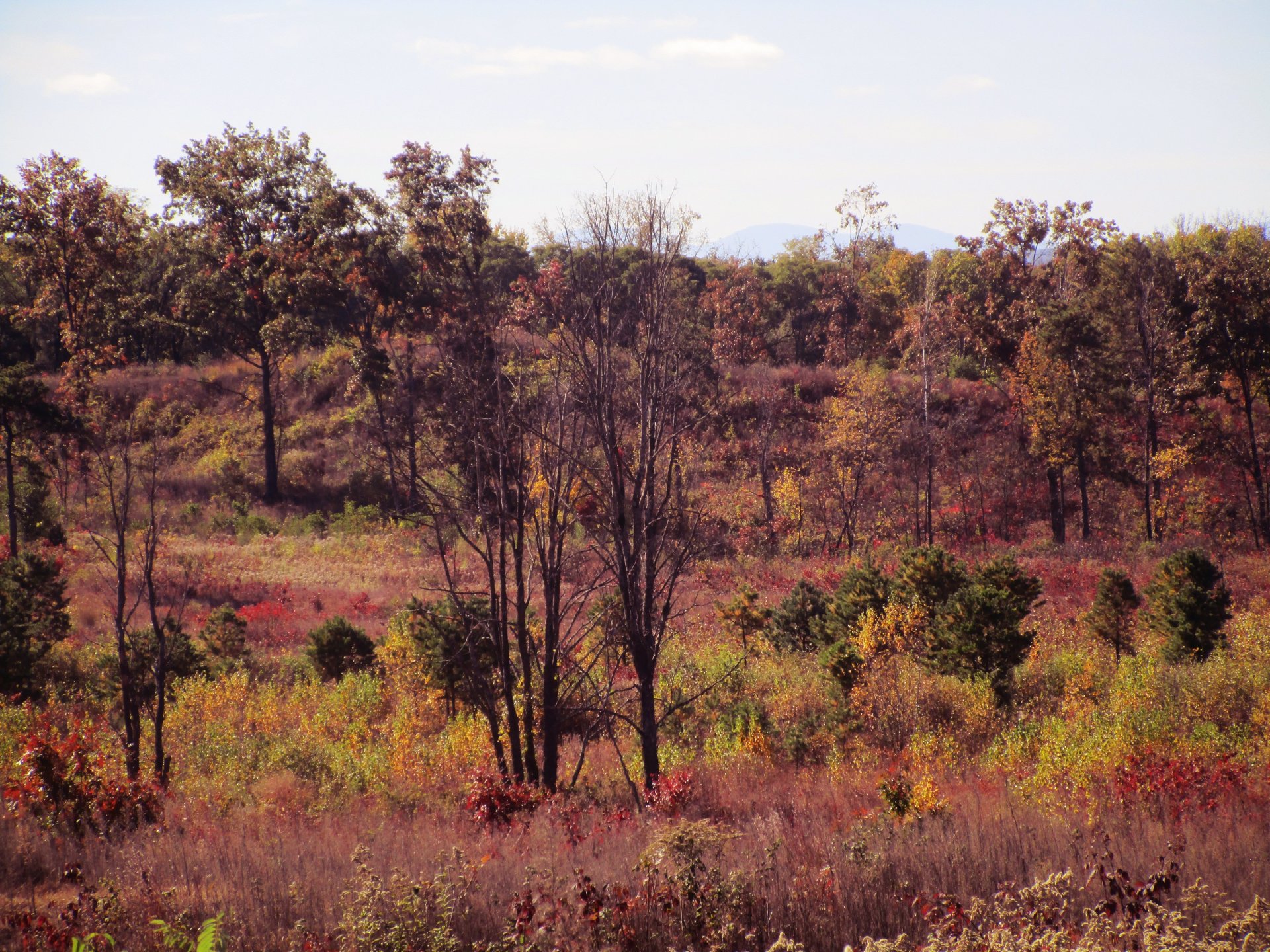ALBANY — Fires used in the Pine Bush to restore native habitat of scrub pine and open grassland also greatly reduce chances that hikers will pick up ticks that could carry Lyme disease.
A study by two Union College professors has found areas of the Pine Bush that have already been restored carried 98 percent fewer ticks — and that each avoided case of the tick-borne illness saves on average about $8,500 in medical costs.
The concept on display in the report by Economics Professor Stephen Schmidt and Kathleen LoGiudice, a biology professor, is that of “ecosystem services” — how the environment can perform functions with benefits to people and that those benefits carry a monetary value.
Habitat restoration in the Pine Bush can plausibly be justified solely on the benefit of Lyme disease cases averted, according to the report, which will be published in the peer-reviewed journal Restoration Ecology.
The study began in 2007 in the Pine Bush Preserve, a 3,100-acre protected area along the boundaries of Albany, Colonie and Guilderland. Some of the area has classic habitat, while other parts are overrun with black locust trees and other non-native species.
Each year, preserve officials cut down some sections of overrun area, and deliberately start controlled fires, which clears ground cover and allows native plants to recolonize the sandy soils. Since 1991, more than 1,100 acres have been burned to restore the pine barrens habitat. Native plants have been replanted in about 240 acres.
Blueberries, huckleberries and a variety of herbs thrive in the sunny openings of restored pine barrens. Blue lupine, the plant that is food to the Pine Bush bellwether species, the Karner blue butterfly, also requires these open conditions.
During three summers, graduate student Scott Morlando and the researchers dragged cloths, meant to attract and retain ticks, along the ground in areas that had been restored to native habitat. The cloths were also dragged through areas where invasive trees like black locust result and other vegetation create a more shaded, moister environment more conducive to ticks.
And, as was expected, when areas were restored to native habitat, which are more open, get more sun and are drier, the amount of ticks present dropped dramatically, LoGiudice said.
It was not clear how many of the 625 cases of Lyme disease reported by Albany County residents last year may have come from ticks picked up in the preserve. But that habitation restoration is making the preserve a safer place to hike.
An average case of Lyme Disease results in about $8,500 in medical bills, Schmidt said. The preserve spends about $630,000 a year to restore Pine Bush habitat, which is equivalent in medical bills to 75 cases of Lyme disease.
Pine Bush Preserve Executive Director Chris Hawver said up to 100,000 people a year visit the preserve, and about two-thirds of the visitors use the hiking trails.
“By law, we have to manage the Pine Bush for habitat. It is good that there is also a side benefit that is a positive social and economic aspect for people,” Hawver said.
“We don’t know how many cases of Lyme disease have been avoided because of habitat restoration, but there likely are some,” said Schmidt. “What this study shows is that this habitat restoration, in addition to helping reestablish species like the Karner blue butterfly, also carries other benefits that can be measured.”
Reach Nearing at 454-5094 or bnearing@timesunion.com.
Published in July/August Save the Pine Bush Newsletter
